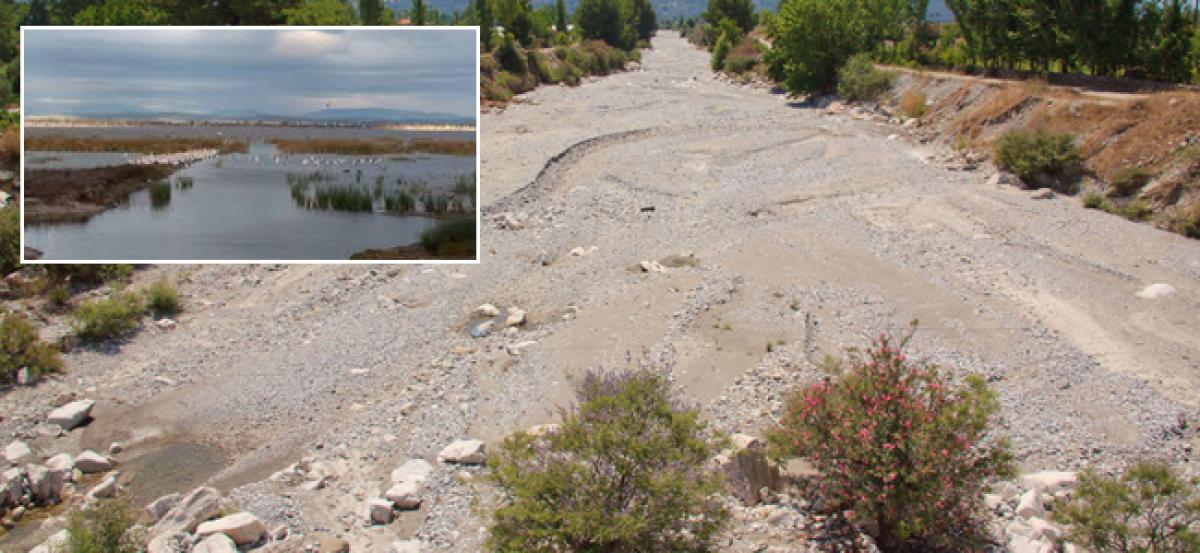Live
- Chiranjeevi’s ‘Vishwambhara’ sets the bar high with massive interval stunt sequence
- State-wide bandh by BJP
- Pawan Kalyan Files Nomination for Pithapuram, says NDA will clinch victory
- Youths assault driver alleging illegal cattle transportation
- SC, STs to call the shots, JD(S)-BJP has an edge
- Neha murder case to be handed over to CID
- Setback for Cong as polarisation of Lingayat votes may help BJP
- Huge protest rally in Haveri
- Video: Rashmika Mandanna connects with nature, soaks in waterfall on Earth Day
- Is Sreeleela set to star opposite Ajith in 'Good Bad Ugly'?









